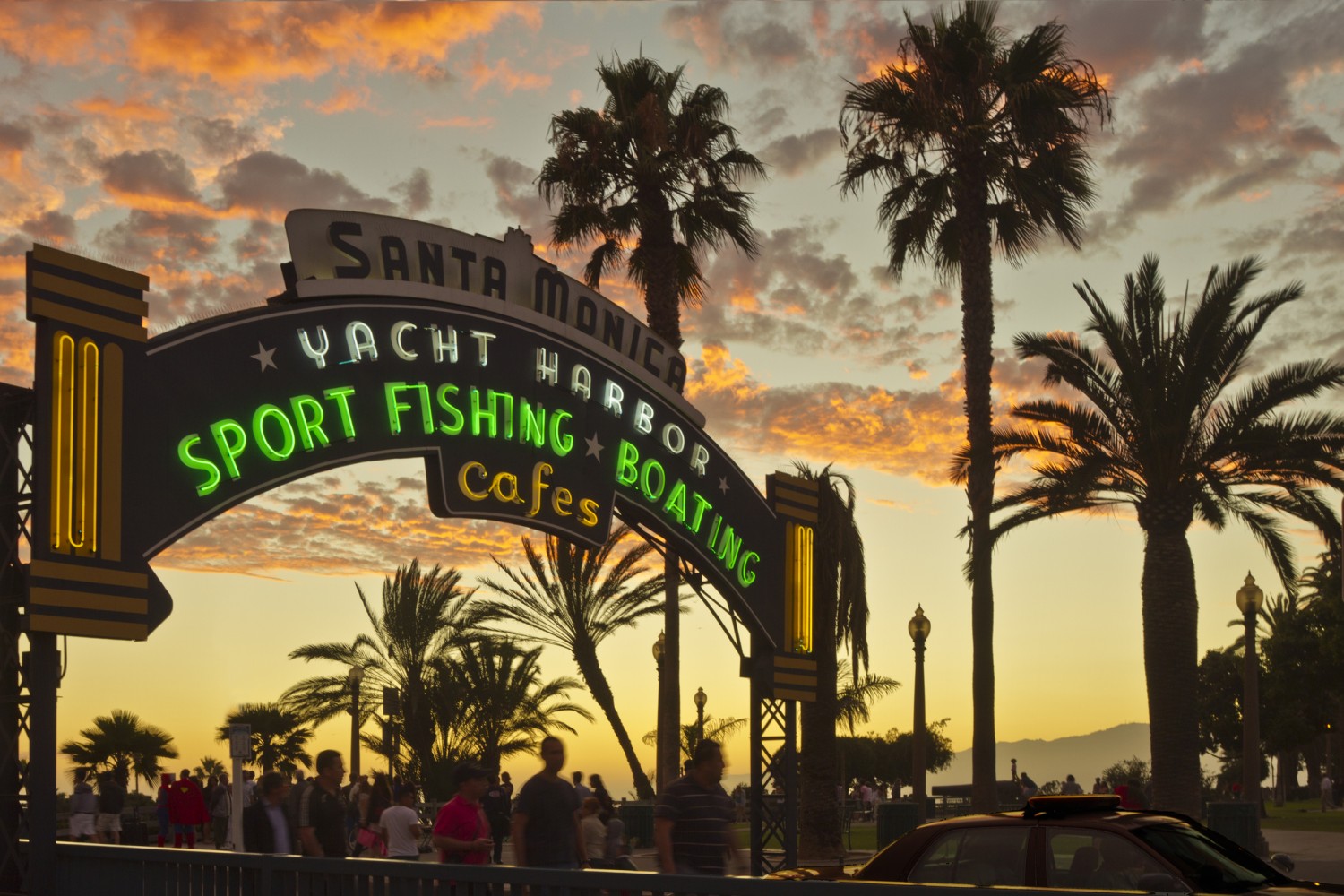
“I’d like to respond to that because I used the word character, and as a brown person, you stating that as someone who has not experienced that…I really resent that comment and take it personally. I’m not going to allow people or yourself to take vocabulary words and weaponize them because you’ve defined it differently in your world.
When I say character, it means making it more unaffordable, a city I grew up in that I don’t recognize, that I can’t afford to live in, that my kids can’t afford to live in, that my business can’t sustain because we have no parking. That’s what I’m talking about. So, when I talk about character, it’s about the loss of character. It’s about me seeing the elderly people leave this town in droves because they can’t afford a cup of coffee down the street because we’re building development that down below has to sustain a coffee place that sells lattes for $12. It’s about my kids not being able to live here like I was. It’s about brown and black people being displaced even today.
So, you guys can sit here and talk about all this inclusivity, and you can knock someone for using a word like character, but don’t you dare say it’s about racism. I take deep offense to that and I don’t appreciate it.”
Mayor Lana Negrete answering Council Member Dan Hall, City Council meeting, July 8, 2025.
The thing about local politics is that it’s where you can see power in its purest form—no grand ideologies or national movements to muddy the water, just the raw mechanics of who gets to decide what happens where you live. Which is why what’s happening right now in Santa Monica is so instructive. The City Council majority has figured out how to execute a perfect institutional takeover, even against the mayor, and they’re doing it with the cold precision of American-style authoritarianism: why bother with jackboots when parliamentary procedure can do the job without making too much noise?
Consider July 29, when six board members of Downtown Santa Monica, Inc., the nonprofit managing the Promenade (partially funded by the city), were dispatched with the efficiency of a bowling strike, given twenty-four hours’ notice and told it was an “emergency.” Their crime was not incompetence but the unforgivable sin of having been appointed by the wrong City Council, an incurable case of political “misalignment.” In the process, the city abruptly swept away not just individuals and business owners but the institutional memory they carried—that inconvenient repository of how things were done before the new order arrived..
The Council majority’s bid to throttle city-funded neighborhood associations—those occasional irritants that dare to oppose City Hall, especially on real estate development—follows a simple, ruthless logic: financial assassination. At the July 8 meeting, the proposed cuts arrived gift-wrapped in queries about the groups’ legal and tax status, their right to make political endorsements, and gauzy talk of “fiscal responsibility,” as if budgets were divine acts of nature rather than exquisitely engineered political weapons. The genius lies in the deniability: how exactly does one prove homicide by spreadsheet?
The Linguistic Inquisition
Most revealing has been the alchemy by which ordinary planning language is recast as thoughtcrime. When Mayor Lana Negrete dared to utter the phrase “neighborhood character” in critiquing zoning changes that threatened the sustainability and livability of local streets, Councilmember Dan Hall swooped in like an avenging coastal Torquemada. The words, he charged, were racist dog whistles—coded language meant to keep minorities and workers out.
Now here’s the thing: if “neighborhood character” is now verbal contraband—despite its enshrinement in the city’s own foundational law, the Santa Monica Municipal Code—what about the rest of the code? “Deed restrictions” (Chapter 4.90) positively drips with exclusionary history. “Covenant” (Chapter 6.96), “single-family residential property” (Chapter 4.04), “single-family residence” (Section 1.16), “historic preservation” (Chapter 9.56)—all have, at various times, served as tools for shutting people out, even if they aren’t wielded that way today.
Follow this logic to its end, and you arrive at a citywide vocabulary purge worthy of Joseph McCarthy—zealous censors scouring ordinances until planning language is boiled down to sanitized Newspeak, unintelligible to anyone outside City Hall. “Neighborhood character” will vanish first, then “front yard,” and finally “door.” It’s the perfect trap of weaponized language: either tiptoe through a linguistic minefield where standard terms can be rebranded as moral crimes, or bow out of the conversation entirely. Many sensible people pick the latter.
The effect on city staff could be chilling. Why risk career suicide by offering inconvenient expertise when silence guarantees survival? The result is an omertà more complete than anything the Mafia ever achieved—a conspiracy of self-protection masquerading as professional discretion.
The Battle for Space and Voice
These machinations, of course, are merely the tactical expression of a larger strategic war: the increasingly vicious fight over who controls both public and private space in Santa Monica, and—perhaps more crucially—who gets to have a say about it. Every purged board member, every defunded advocacy group, every linguistically squashed resident represents another voice eliminated from what was once called public discourse.
In a city where luxury developments sail through on rubber stamps and longtime community businesses disappear with every zoning rewrite, controlling the conversation about development has become almost as valuable as controlling development itself. Why endure the tedium of democratic debate over density, affordability, or community character when you can simply delete the debaters?
The Council majority’s attempt to dismantle its opposition serves a perfectly rational purpose: to clear the field for their preferred vision of revolutionary urban transformation across every part of Santa Monica, unencumbered by inconvenient voices asking inconvenient questions. Residents who object to having their neighborhoods bulldozed are labeled “NIMBYs.” Small business owners concerned about catastrophic displacement become “obstructionists.” Anyone daring to suggest that local neighborhood input might matter—especially if it opposes City Hall—becomes a racist, the ultimate conversation-stopper in Santa Monica.
The Institutional Fade
By demanding ideological loyalty even in supposedly technical roles, the Council majority has wiped out the idea that independent expertise can exist outside politics. In a direct echo of current national politics, every board and commission becomes a loyalty test. Independent voices become suspect; dissent, dangerous. This is how institutions in America actually die: not with a coup, but with a thousand tiny cuts, each bandaged in supposed virtue. A critic labeled racist here, an advocacy group defunded there, a staff member deciding it’s safer to keep quiet.
The most dangerous authoritarians are the ones who never see themselves that way. These municipal Robespierres have perfected petty tyranny and called it progress. By the time anyone realizes what’s happened, the game is over and the winners are already writing the rules for the next round, with a press release about how much better everything is going to be now.
Daniel Jansenson, Architect
For SMa.r.t.
Santa Monica Architects for a Responsible Tomorrow
Daniel Jansenson, Architect (former Building & Fire-Life Safety Commissioner); Robert H. Taylor, Architect AIA; Thane Roberts, Architect; Mario Fonda-Bonardi, Architect AIA (former Planning Commissioner); Sam Tolkin, Architect (former Planning Commissioner); Michael Jolly AIRCRE; Jack Hillbrand, Architect AIA, Landmarks Commission Architect; Phil Brock, Santa Monica Mayor (ret).; Matt Hoefler, Architect NCARB













